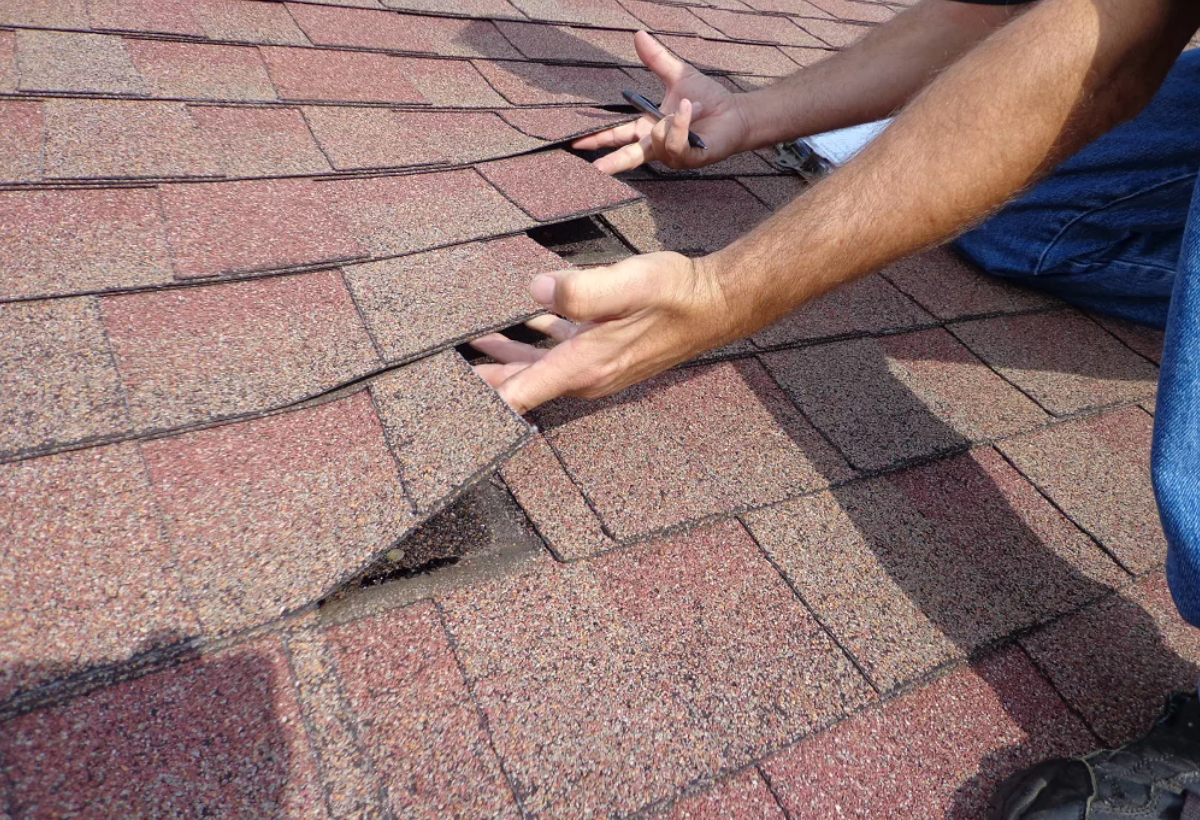When it comes to storm leads, many contractors focus on...
Why Roof Inspections Are Crucial After a Natural Disaster
Natural disasters such as hailstorms, tornadoes, hurricanes, floods, and fires can cause extensive damage to homes, with roofs being particularly vulnerable. In the aftermath of such events, conducting thorough roof inspections is crucial for homeowners and contractors alike. In this blog post, we will delve into the reasons why roof inspections are essential after a natural disaster. By understanding the importance of these inspections, you can take proactive measures to assess and address any damage, ensuring the safety and longevity of your roof.
- Assessing Structural Integrity: Roofs are designed to protect homes from the elements, and natural disasters can compromise their structural integrity. Conducting a comprehensive roof inspection allows you to assess the overall condition of the roof, identifying any signs of damage or weakness. This evaluation is crucial in determining whether the roof can still provide adequate protection or if repairs or replacements are necessary.
- Identifying Hail or Wind Damage: Hailstorms and high winds are common occurrences during natural disasters and can cause significant damage to roofs. Conducting a professional inspection enables trained experts to identify hail impacts, wind-related issues such as lifted or missing shingles, and other signs of damage that may not be immediately apparent. Detecting these problems early on helps prevent further deterioration and potential leaks.
- Preventing Water Intrusion and Mold Growth: A damaged roof is susceptible to water intrusion, which can lead to severe problems such as mold growth, rot, and structural damage. A thorough inspection allows you to identify potential entry points for water, such as cracked or missing shingles, damaged flashing, or compromised seals. By addressing these issues promptly, you can prevent water from infiltrating your home and avoid costly repairs down the line.
- Insurance Claims and Documentation: Roof inspections play a critical role in the insurance claims process after a natural disaster. Documenting the condition of your roof and any damages observed during the inspection provides evidence for insurance claims. Insurance companies typically require thorough documentation to process claims efficiently, and a professional roof inspection report can help substantiate your claim, ensuring that you receive the appropriate coverage for repairs or replacements.
- Ensuring Occupant Safety: A damaged roof poses risks to the safety of occupants. Loose or weakened roofing materials can become hazards during subsequent storms or high winds. Additionally, compromised roofs may lead to leaks and water damage, increasing the potential for slips, falls, and electrical hazards. By conducting roof inspections, you prioritize the safety of those living in the home and take proactive steps to mitigate any risks.
- Extending Roof Lifespan: Timely roof inspections and repairs after a natural disaster can help extend the overall lifespan of your roof. Identifying and addressing damage promptly prevents further deterioration and ensures that your roof remains in optimal condition. Regular inspections also allow for ongoing maintenance, helping to identify minor issues before they escalate into more significant and costly problems.
Roof inspections are a critical step in the aftermath of a natural disaster. They enable homeowners and contractors to assess the structural integrity of the roof, identify damage caused by hail, wind, or other elements, prevent water intrusion and mold growth, document evidence for insurance claims, ensure occupant safety, and extend the lifespan of the roof. By prioritizing roof inspections after a natural disaster, you take proactive measures to safeguard your home, protect its inhabitants, and maintain the long-term functionality and durability of your roof.












